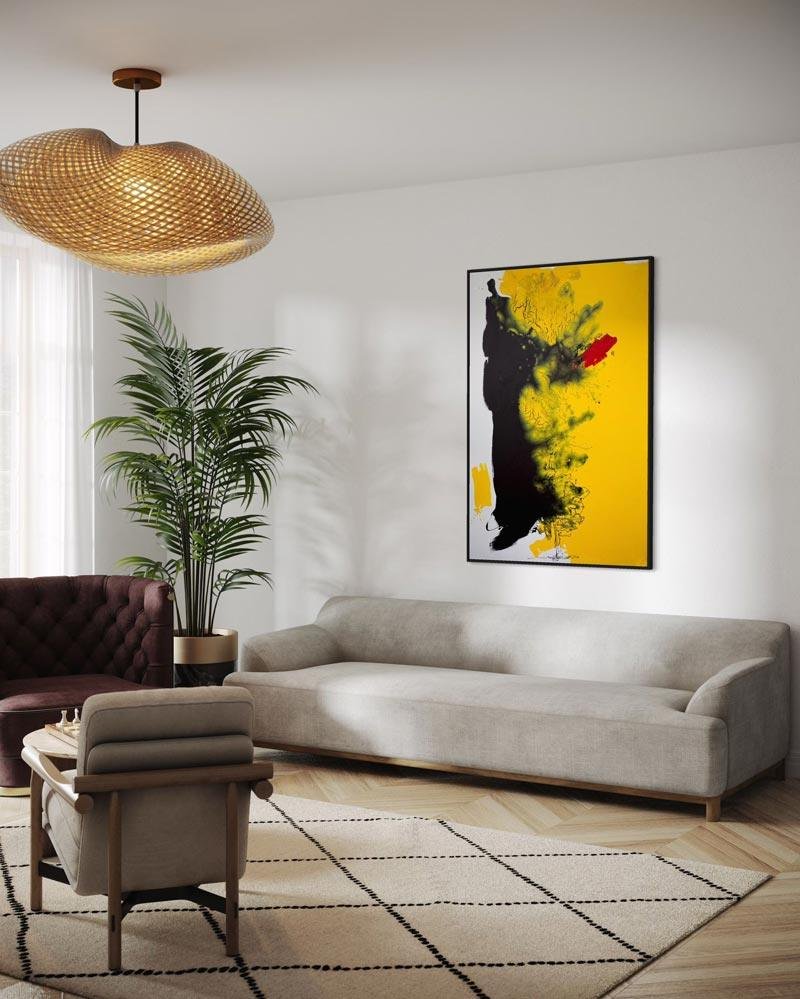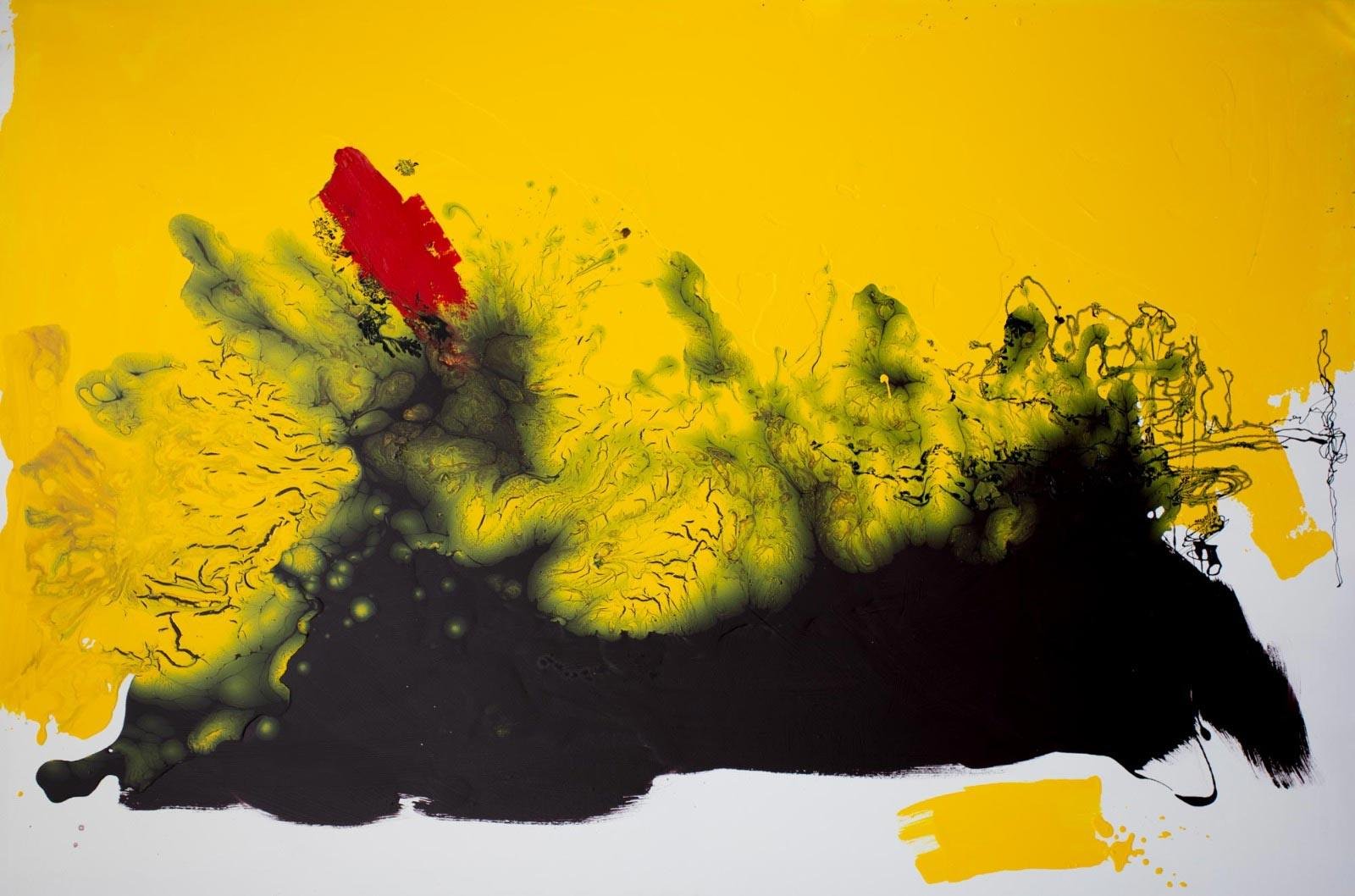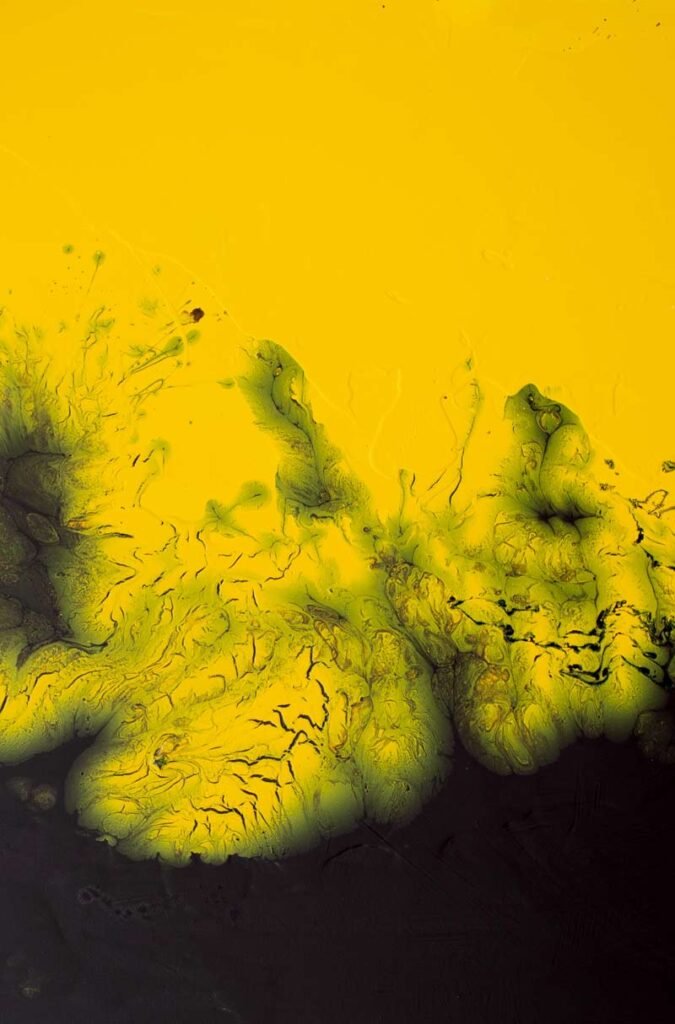Cymatics
Exploring the Intersection Between Art and the Mysterious Forces of Nature: The Red and Yellows Harmony Series.
The Harmony in Red and Yellows series is an artistic exploration into the captivating realm of cymatics, the study of how sound waves and vibrations can shape and influence the physical world. This series, consisting of 4 works, is inspired by the frequencies of musical compositions by Debussy and Wagner played on the cello. The main inspiration behind these artworks is to delve into the intersection between art and the unpredictable phenomena of nature, using cymatics as a tool for investigation and representatio.






